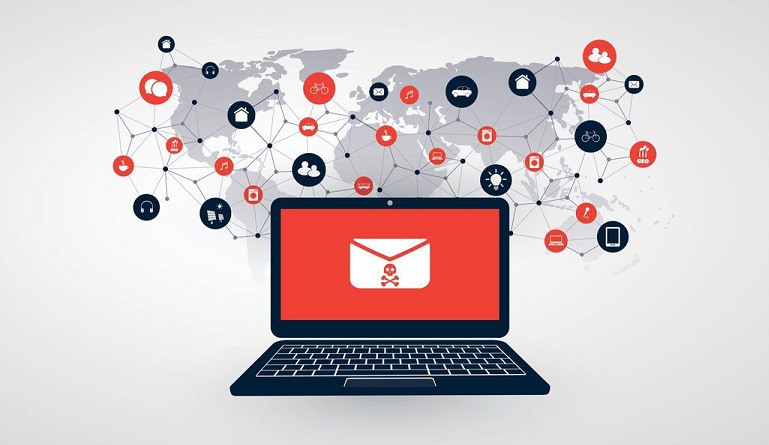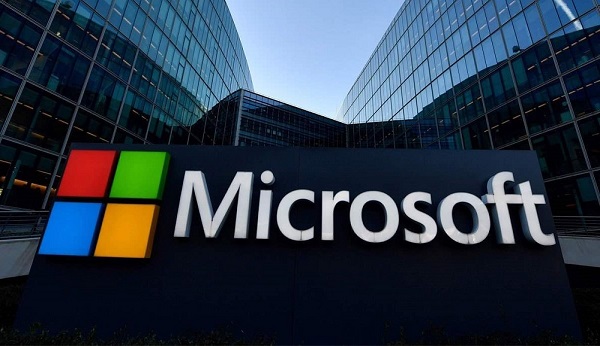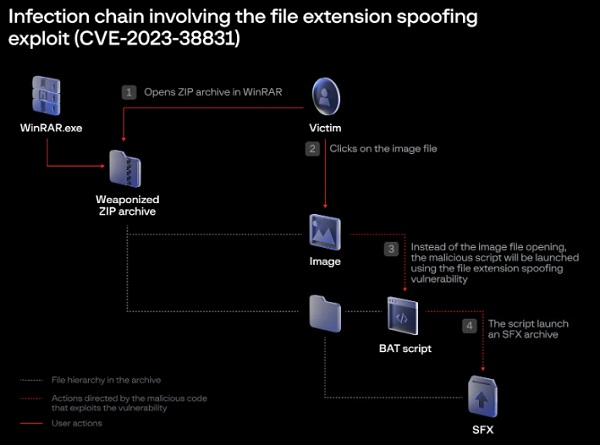Romanian Telecom Users Targeted by Phishing Campaign
A phishing effort has been targeting Romanian telecom consumers in recent months, with the goal of stealing their personal information and perhaps gaining access to their bank accounts. Several cybersecurity firms, including Check Point Research and Kaspersky Lab, have reported the campaign.
Phishing is a sort of cyber-attack in which scammers attempt to deceive victims into disclosing personal information such as login passwords, credit card information, or other sensitive information. Phishing attacks often include sending bogus emails or text messages that appear to be from a genuine source, such as a bank or government agency, and instructing the receiver to click on a link or download an attachment.
In the instance of the Romanian telecom phishing effort, the attackers are employing a phoney website that looks like the telecom provider’s login page. The website appears just like the actual thing, and it even has the provider’s logo and branding. Once the user enters their login credentials, the attackers can access the user’s account and potentially steal their personal information.

According to Check Point Research, the phishing attempt used a method known as “punycode,” which involves inserting non-Latin letters into the URL of a website to make it appear legitimate. This method can be quite effective in fooling users who are unfamiliar with the language or script used in the phoney URL.
Another cybersecurity firm, Kaspersky Lab, has discovered that the phishing effort is also utilizing false SMS messages that look to be from the telecom operator. The messages contain a link that takes the user to the bogus website, where they are required to input their login information.
To avoid phishing attempts, users should be sceptical of any unsolicited emails or text messages that request personal information. They should also be wary of any links or attachments in these communications, since they may include harmful code. Users should always check the URL of every website they visit, especially if it demands login credentials or other sensitive information.
Furthermore, whenever possible, users should enable two-factor authentication (2FA), which adds an extra layer of security to their accounts. In addition to their login credentials, 2FA requires users to input a code or utilise a biometric authentication technique, making it more difficult for attackers to get access to their accounts.
The phishing campaign aimed at Romanian telecom users serves as a reminder of the significance of cybersecurity awareness and best practices. Users can lessen their chance of falling victim to these sorts of assaults by remaining watchful and taking actions to secure their personal information.
See more: New malware being sold on Telegram to target Mac users
See more: Android Users Targeted by Adware through Clones of Minecraft
Author: Priyanka Priyadarshini Dwibedy
We hope you found article interesting. For more exclusive content follow us on Facebook, Twitter and LinkedIn






